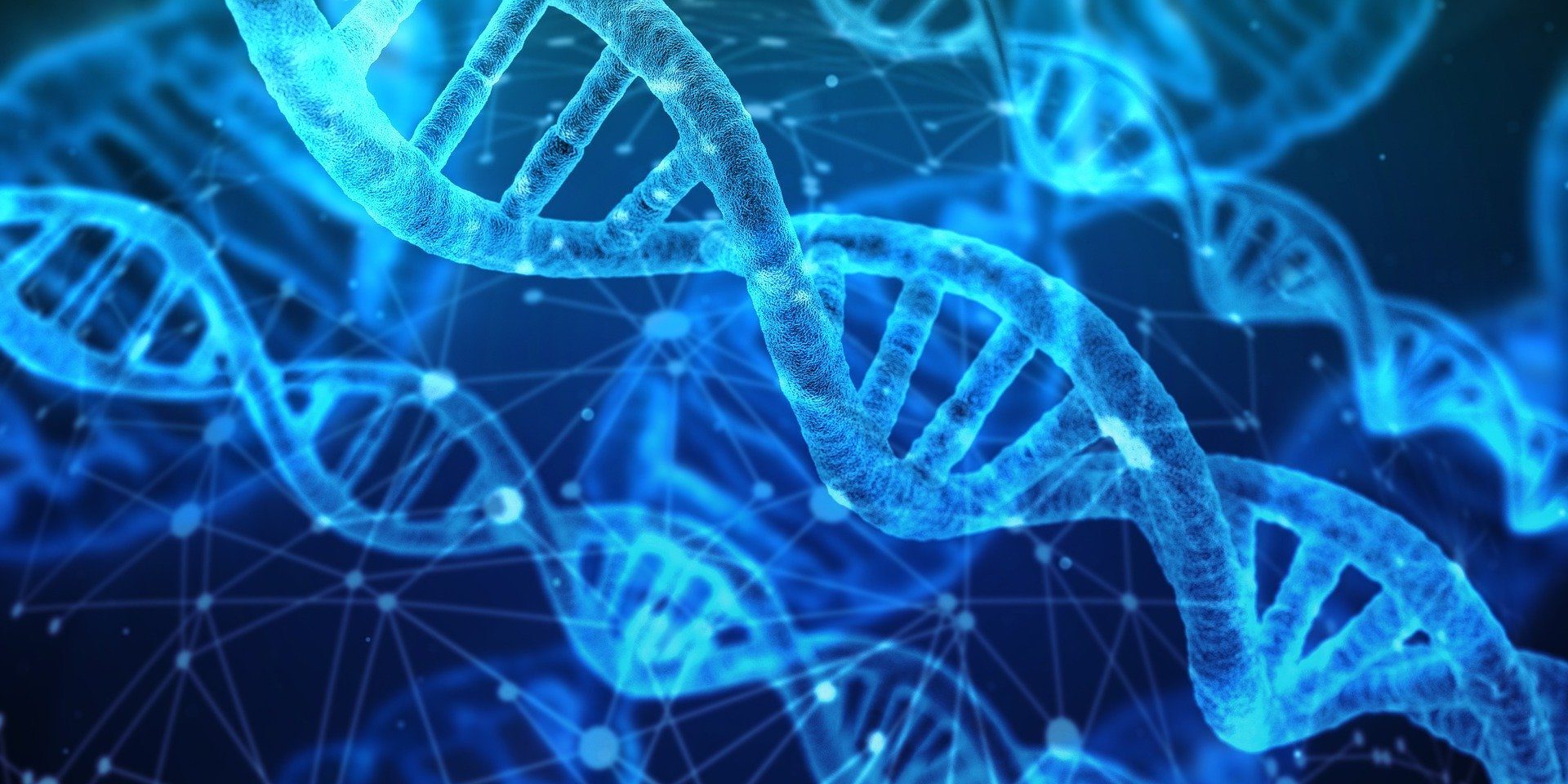
What makes up the world around us? Everything we see, touch, and even breathe is made of chemicals. From the water we drink to the air we breathe, chemicals are everywhere. Understanding the chemical composition of everyday items can be both fascinating and useful. Did you know that a single drop of water contains billions of molecules? Or that the air is mostly nitrogen? This blog post will dive into 26 intriguing facts about the chemical makeup of the world around us. Whether you're a science enthusiast or just curious, these facts will give you a new perspective on the elements and compounds that shape our daily lives.
Key Takeaways:
- Chemical composition is the arrangement of atoms in substances. It helps us understand how different materials behave and interact, from the smallest molecules to the elements on the periodic table.
- Chemical reactions involve breaking and forming bonds, often accompanied by energy changes. Understanding these reactions has practical applications in fields like pharmaceuticals, materials science, and environmental monitoring.
Understanding Chemical Composition
Chemical composition refers to the arrangement, type, and ratio of atoms in molecules of chemical substances. This concept is fundamental in chemistry, helping scientists understand the properties and behaviors of different materials.
-
Atoms are the building blocks of matter. Everything around us is made up of atoms, the smallest units of chemical elements.
-
Elements are pure substances. Each element consists of only one type of atom. For example, gold is made entirely of gold atoms.
-
Compounds are formed from elements. When two or more elements chemically bond, they form compounds. Water (H₂O) is a compound made from hydrogen and oxygen.
-
Molecules are groups of atoms. A molecule is the smallest unit of a compound that retains its chemical properties. For instance, a single water molecule still behaves like water.
The Role of Chemical Bonds
Chemical bonds are the forces holding atoms together in compounds. They play a crucial role in determining the properties of substances.
-
Ionic bonds form between charged particles. When atoms gain or lose electrons, they become ions. Oppositely charged ions attract each other, forming ionic bonds, like in table salt (NaCl).
-
Covalent bonds involve sharing electrons. Atoms can share electrons to achieve stability, creating covalent bonds. Carbon dioxide (CO₂) is an example of a molecule with covalent bonds.
-
Metallic bonds occur in metals. In metallic bonds, electrons flow freely among a lattice of metal atoms, giving metals their unique properties like conductivity and malleability.
-
Hydrogen bonds are weak but important. These bonds occur when a hydrogen atom in one molecule is attracted to a more electronegative atom in another molecule. They play a key role in the properties of water and biological molecules like DNA.
Chemical Formulas and Equations
Chemical formulas and equations are shorthand ways to describe chemical compositions and reactions.
-
Empirical formulas show the simplest ratio. They represent the simplest whole-number ratio of elements in a compound. For example, the empirical formula of hydrogen peroxide (H₂O₂) is HO.
-
Molecular formulas show actual numbers. These formulas indicate the exact number of each type of atom in a molecule. Glucose has the molecular formula C₆H₁₂O₆.
-
Structural formulas show arrangements. They depict how atoms are arranged and bonded in a molecule, providing more detail than molecular formulas.
-
Chemical equations represent reactions. These equations show how reactants transform into products. For example, the equation 2H₂ + O₂ → 2H₂O describes the formation of water from hydrogen and oxygen.
The Periodic Table and Chemical Composition
The periodic table organizes elements based on their properties and helps predict chemical behavior.
-
Elements are arranged by atomic number. The atomic number represents the number of protons in an atom's nucleus, defining the element.
-
Groups indicate similar properties. Elements in the same column (group) have similar chemical properties due to their electron configurations.
-
Periods show repeating patterns. Rows (periods) on the periodic table reflect repeating trends in element properties.
-
Transition metals have unique properties. These elements, found in the center of the periodic table, often form colorful compounds and have multiple oxidation states.
Chemical Reactions and Energy
Chemical reactions involve the breaking and forming of bonds, often accompanied by energy changes.
-
Exothermic reactions release energy. These reactions give off heat, making the surroundings warmer. Combustion is a common exothermic reaction.
-
Endothermic reactions absorb energy. These reactions take in heat, causing the surroundings to cool. Photosynthesis in plants is an endothermic process.
-
Activation energy is needed to start reactions. This is the minimum energy required to initiate a chemical reaction.
-
Catalysts speed up reactions. Catalysts lower the activation energy, allowing reactions to proceed faster without being consumed in the process.
Real-World Applications of Chemical Composition
Understanding chemical composition has practical applications in various fields.
-
Pharmaceuticals rely on precise compositions. The effectiveness and safety of medications depend on their chemical makeup.
-
Materials science uses chemical composition to create new materials. Innovations like stronger alloys and more efficient semiconductors stem from manipulating chemical compositions.
-
Environmental science monitors chemical compositions. Tracking pollutants and understanding their effects on ecosystems require knowledge of chemical compositions.
-
Food chemistry ensures safety and quality. The chemical composition of food affects its taste, nutritional value, and shelf life.
-
Forensic science uses chemical analysis. Identifying substances at crime scenes often involves analyzing their chemical compositions.
-
Agriculture benefits from chemical composition knowledge. Fertilizers and pesticides are designed based on the chemical needs of crops and soil.
The Final Word on Chemical Composition
Understanding chemical composition is crucial for grasping how substances interact and change. From the elements that make up our world to the compounds they form, these facts shed light on the building blocks of everything around us. Whether you're fascinated by the periodic table or curious about the molecular structure of everyday items, knowing these details can enhance your appreciation of science.
Chemical composition isn't just for scientists. It's relevant in cooking, medicine, and even environmental conservation. Knowing what substances are made of helps us make informed decisions, whether we're reading food labels or choosing eco-friendly products.
So next time you encounter a chemical formula or a list of ingredients, you'll have a better understanding of what's behind those symbols and names. Keep exploring, stay curious, and let the wonders of chemistry continue to amaze you.
Frequently Asked Questions
Was this page helpful?
Our commitment to delivering trustworthy and engaging content is at the heart of what we do. Each fact on our site is contributed by real users like you, bringing a wealth of diverse insights and information. To ensure the highest standards of accuracy and reliability, our dedicated editors meticulously review each submission. This process guarantees that the facts we share are not only fascinating but also credible. Trust in our commitment to quality and authenticity as you explore and learn with us.


